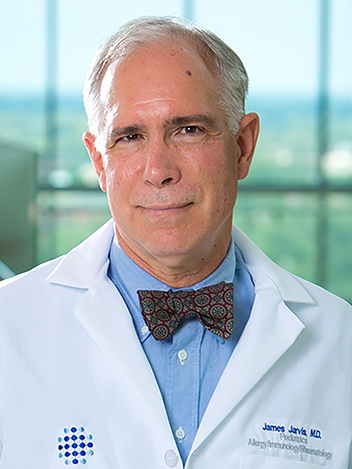The 15th Annual Health Disparities Research Symposium will take place Wednesday, Aug. 5, at Wong Kerlee International Conference Center.
The keynote speaker is James N. Jarvis, MD, clinical professor of pediatrics at the State University of New York at Buffalo, and director of research for the division of allergy/immunology and rheumatology at Women and Children’s Hospital of Buffalo.
The symposium is presented by Loma Linda University School of Medicine’s Center for Health Disparities and Molecular Medicine.
The day’s activities will take place in three parts:
- At noon, there will be a seminar titled “Toxic Stress and Health Disparities.” It will focus on how epigenetics informs understanding of the link between toxic stress and health disparities, using disease-specific epigenomes in juvenile arthritis as an example.
- From 3 to 5 p.m., the center will present student work in the form of posters on research projects. The students are part of the health disparities research pipeline program at Loma Linda University Health.
- At 5:30 p.m., Jarvis will present his keynote address, “Our Call to Improve Minority Health.” He will discus his work with the American Academy of Pediatrics’ committee on Native American child health, as will as his work with Native American students and how it integrates with his role as a genome biologist.
The center will offer a buffet at 5 p.m. for attendees. All of the events are free, and no pre-registration is required.
“We are excited about commemorating major milestones of our 17-year-old pipeline program,” says Marino De Leon, PhD, director of the Center for Health Disparities and Molecular Medicine.
Since its inception, this program has awarded 565 research fellowships to high school, undergraduate, graduate and medical students traditionally underrepresented in biomedical sciences.
De Leon says, “A significant number of the high school (63 percent) and undergraduate (96 percent) student participants go on to graduate with a four-year STEM college degree.” STEM stands for science, technology, engineering and math.
He adds, “Of additional significance, 53 percent of the program’s high school students and 81 percent of undergraduate students progress to enroll in graduate scientific biomedical programs.”
For more information, check out the center’s website at www.llu.edu/chdmm, or call Ann Bradshaw at ext. 49474.

